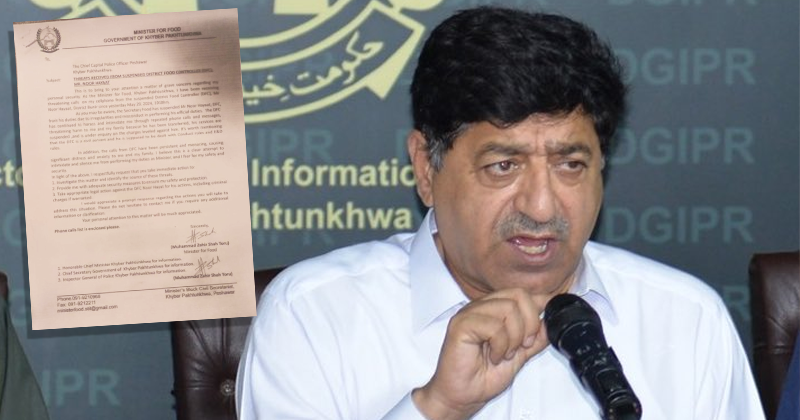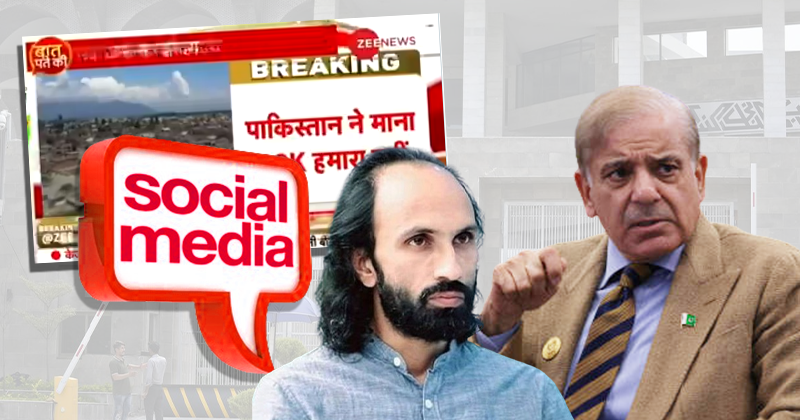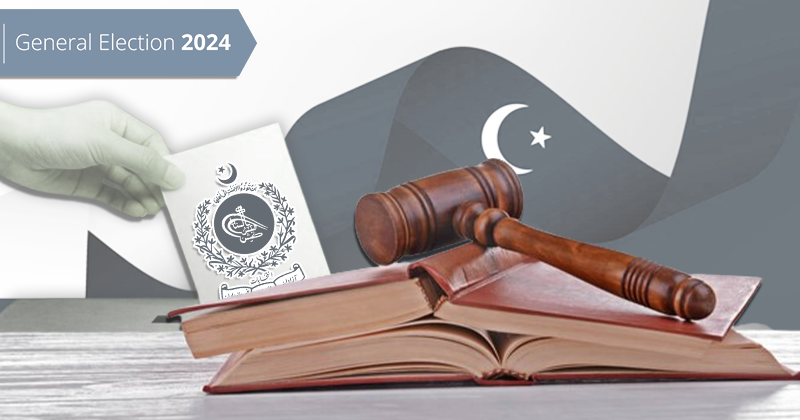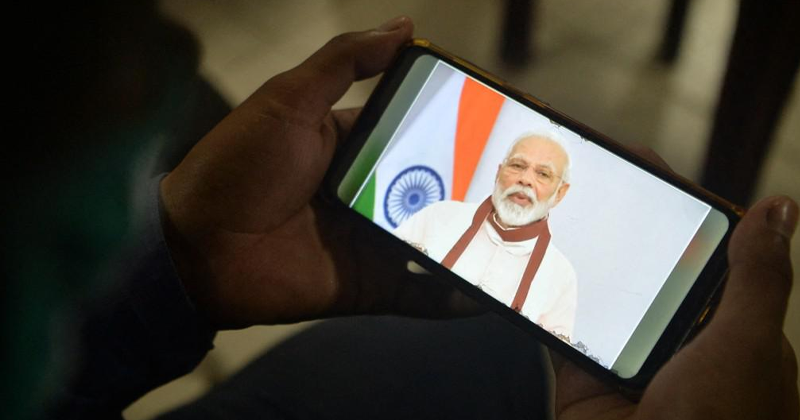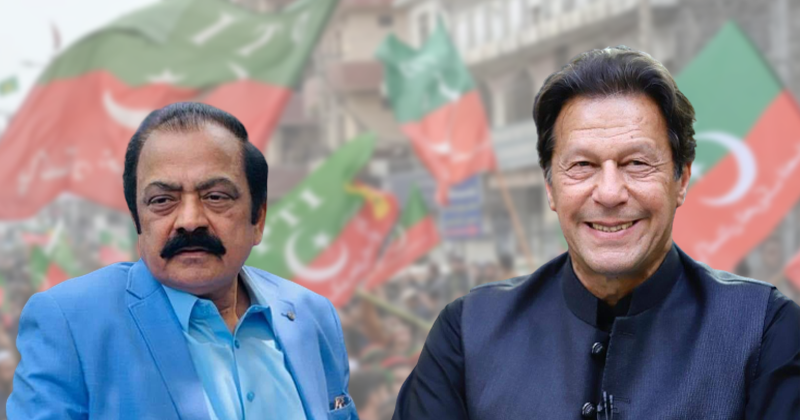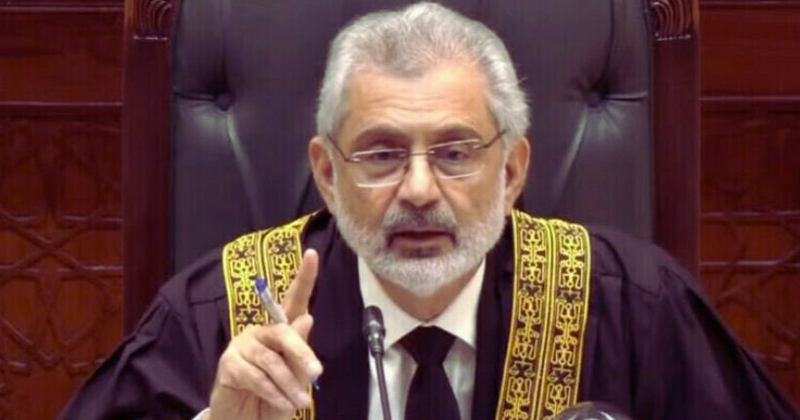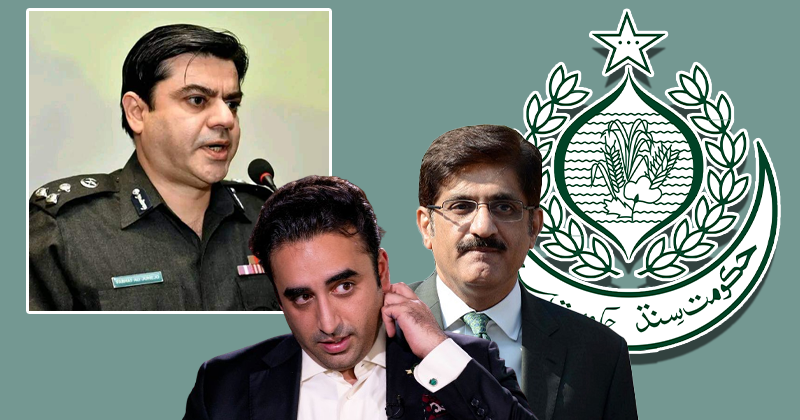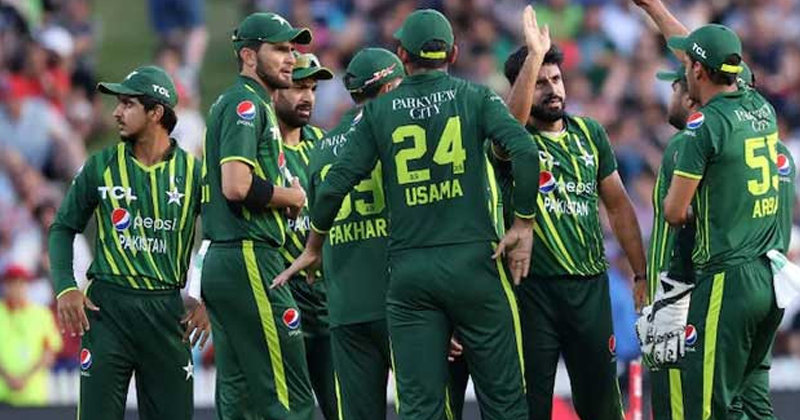In country like Pakistan there should be elections on Proportaional Representaion System.
I think this is the best system for Pakistan,pakistan is an Islamic republic and Islam is the only Systum which can save humanity,
This system is not aganist Islam to choice their representatives and every party will participate.
There are basically two systems in parliamentary elections,
- the
Majority Election System
- the
Proportional Representation System.
Both systems do have advantages and shortcomings and there is no generally accepted preference. Two important points to be considered are
equal and just influence of every vote on the electoral result and
stability of the political system.
Majority Election System
With the
majority election system, only one member of parliament is to be elected per
constituency [area and group of voters living therein that is taken as a unit in the election process].
Basic Idea
The
most qualified personality shall be selected to represent the constituency.
Characteristics, Pros and Cons
- With the majority election system, small parties have no chance to win a mandate unless there are some constituencies with a population having political views differing much from those in the rest of the country. With the size constituencies in big nations do have (some 100,000 voters) this is rather unlikely. Therefore the majority election system will inevitably lead to parties uniting or building blocks (tight alliances) until only two major players remain on the political scene. So voters are forced to select between the candidates of two big parties basically. While the this tends to create a stable parliamentary majority for the government it is not likely to represent a pluralistic modern society adequately.
- Supporters of a minority party might feel not being represented by the member of parliament rooted in their region because he or she represents the other party and other political concepts.
- In a big nation, one member of parliament is going to represent some 100,000 inhabitants. Evidently these people do not live in towns of exactly this size. To assign fairly equal numbers of inhabitants to every constituency, several villages and and small towns must be grouped to form a constiuency while large cities must be divided into several constituencies. There is no "natural", evident rule of assignment.
In the past years it has repeatedly been reported that minor changes in the definition of constituencies were deliberately planned by governments of several countries (U.K., France and others) to ensure that their party could win a few mandates in a situation where government and opposition party have almost the same strength.
The trick herein is the following: if there is a constituency with a solid majority for the government party, subtract a few towns voting overwhelmingly for the government and add them to a neighboring constituency where the government party just needs a few percents more of the votes to win the election and exchange these towns for a few towns known to be voting for the opposition - so the government's party will win both seats.
In principle, this kind of manipulation is just as much electoral fraud as counting some votes twice or having some votes uncounted. The problem is: the existing old borders of a constituency might have been created by the same kind of manipulation by a former government and it is almost impossible to find a really neutral solution.
- While the majority election system seems to be straightforward and simple at first glance, it leads to rather complex decisions that are not transparent to voters. This is definitely not a basis to create trust in democracy.
Proportional Representation System
With the
proportional representation system several members of parliament are to be elected per
constituency. Basically every political party presents a list of candidates and voters can select a list, that is they vote for a political party. Parties are assigned parliamentary seats proportionally to the number of votes they get.
Basic Idea
Political parties play a key role in creating political solutions (even in a majority election system).
A reasonable number of competing parties will create more and better ideas while just two big parties (resulting from the majority election system) tend to be at a deadlock with inflexible positions.
Characteristics, Pros and Cons
- With several parties there is more choice and voters are more likely to find a party that does represent their major political convictions than would be possible in a two-party system.
- Supporters of a small party are likely to be represented by at least one member of parliament rooted in their region and sharing their political views and convictions.
- The size of constituencies is bigger and there are less possibilities to manipulate their borders than with the majority election system. Usually the borders of the constituencies are fixed by historical considerations (provinces, federal states, counties etc.). As several seats are assigned to parties proportionally to votes even within a constituency, the borders of a constituency are not as relevant to the election result as in a majority election system.
- With an increased number of represented parties a majority for a single party becomes less probable. If the government must be based on too many small parties they may disagree when new issues emerge. This may become a danger to political stability and cause anticipated elections absorbing the attention of politicians. If instability gets notorious in a country, the state as a whole will just not be able to perform the tasks it should.
- Small parties may also abuse their position to get support for special interests (for examples subsidies for institutions related to the party) in exchange for support for the government policy. This is nothing less than a form of corruption.
- In most countries with proportional elections the parties decide who will represent them in parliament. There may be a difference between the party hierarchy deciding on the top places on the party's list of candidates and the voters preferences.
In some countries, there are additional rules to make sure that voters may have some influence which candidates will represent them.




















